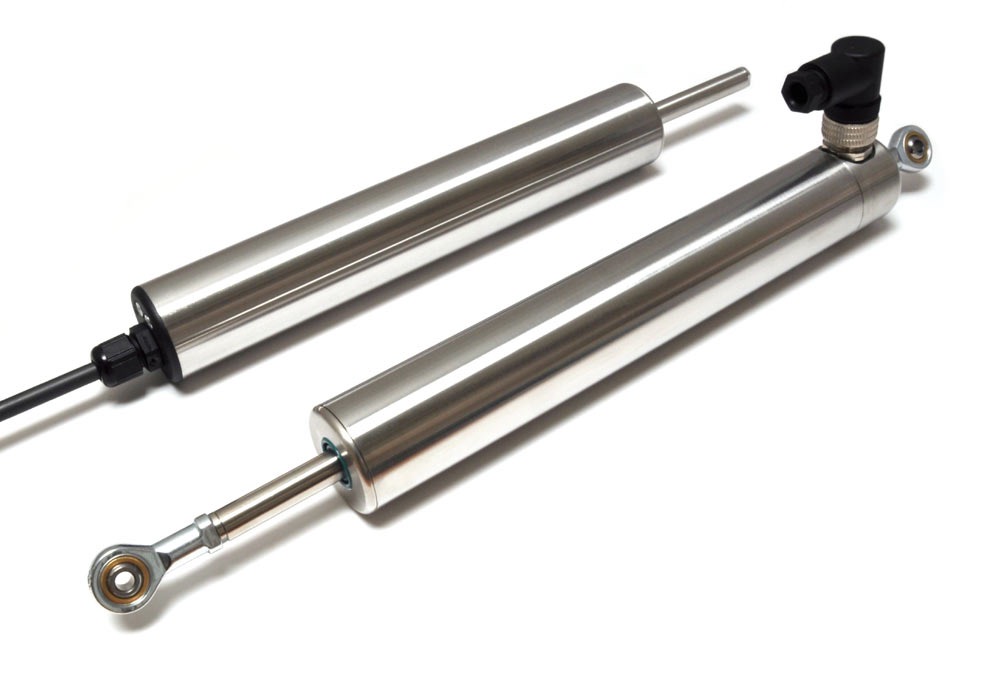
LVDTs, or linear variable differential transformers, are also referred to as linear transducers or linear position sensors. Linear variable differential transformers are widely used in many industrial and technical applications, and they have already established a reputation as a tough and rugged as well as reliable technology when it comes to transducers or position sensors.
In the past, linear variable differential transformers or linear transducers were used only for the taking of dimensional laboratory readings, and although it is still used for this precise purpose, it has a number of other uses today as well, especially when it comes to industrial control and monitoring applications.
What it is and how it works
LVDTs or linear transducers or position sensors are essentially transformers which are equipped with a core, and this core can move freely between both the two windings, primary as well as secondary. The secondary or 2nd winding is comprised of 2 halves, with each half wound in the opposing direction, and this means that when the primary or 1st winding is energised with the use of a constant supply of alternating current, the induced voltage in the half portion of the secondary or 2nd winding should be at a 180-degree angle out of the phase with the other portion.
The secondary or 2nd windings of the LVDT transducer are connected in a range or series. This ensures that the output of the LVDT will be the actual sum of the out of phase or induced voltages. If the core is at a position in which the induction of both of the 2nd winding’s valves is equal but at the same time, opposite, the actual output will be 0 Volts, which is also known as the null position.
The output of the LVDT can be conditioned in order to produce a bipolar or unipolar voltage depending on how the linear transducer or position sensor will be used in conjunction with other systems.
Why it is essential
A linear variable differential transformer or linear transducer plays a crucial role because it has proven to be the ideal solution for the measurement of high frequency as well as high-speed movement on various mechanical and technical structures, which results in a good number of advantages.
When you are choosing linear position sensors or LVDTs, you should not confuse the frequency response with the sample rate. The parameter or criterion which is measured is actually the analogue response frequency.
One particular benefit with the LVDT is that there need not be any electrical or physical contact throughout the element for position sensing. LVDTs are known for outputting clean and clear data and information along with an infinite or unlimited resolution as well as a long lifespan and cycle.
Image attributed to Positek.com



